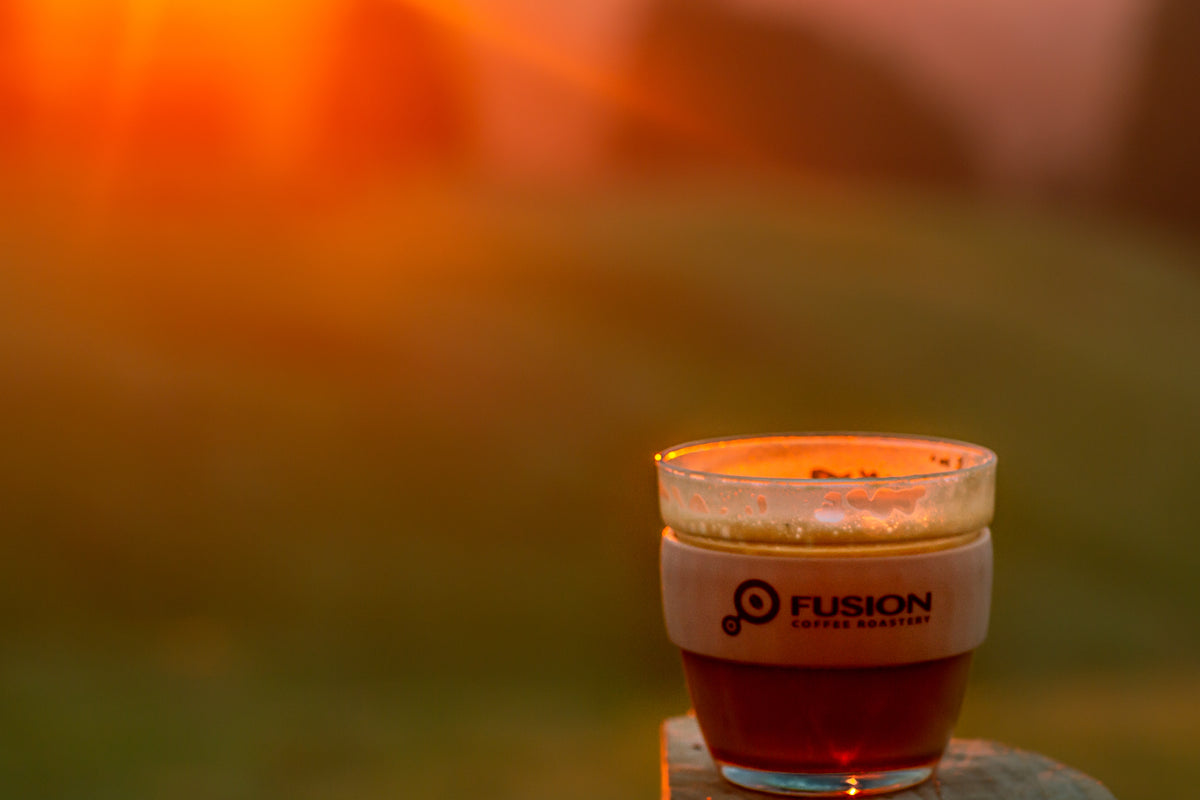
Packaging!
The stuff that helps facilitate a product from A to B, while protecting it and describing it's contents and/or how to use it.
Packaging can either be that smooth, sturdy-feel good wrapper that you take your coffee beans (or any product for that matter), with proud delight, to the comfort of your home or office. The packaging reinforces our belief as a consumer that the product is fresh, safe and states what's inside or how to use the product.
The flip side of this material that keeps your coffee fresh is the sheer waste it produces and the environmental implications that arise from letting it end up in landfill or our oceans. Not to mention all the resources (most of which are toxic to the environment) that go into creating the packaging in the first place. From the many films of plastic that layer up to create a suitable barrier, plus the inks used in the printing process, to the glue that keeps the barrier together and sticks labels onto the packaging. All to get your product to you before you throw it away in the bin...
If you weren't aware until reading this there's actually a lot of 'stuff' that goes into packaging!
We are at an exciting/interesting stage where we need to order more packaging. Now, it's not a week or months worth - it's 3 years worth of packaging!
The easy route is to simply get some sturdy 'flash' packaging and show off our wonderful fresh coffee beans in the best possible way.
BUT - is this really how we NEED to sell our coffee beans?
With a careful understanding of coffee as a product as well as the different life-cycles our product takes we really need some help from YOU and what you value about coffee beans.
Does the packaging really influence your decision to buy a certain product or brand - or is it simply the end result - taste?!
These are the three avenues we can choose between when considering this packaging issue and our next steps as a business when deciding which route to take.
1.) Status Quo - Plastic
We can get slick, sturdy-feeling packaging for your coffee in a heartbeat that is cost-effective for us as a business too.
However, it's more plastic and ultimately more landfill waste. The one-way valve that's incorporated with coffee packaging makes it difficult to simply dispose of in soft plastics for recycling. You would need to remove this valve first if you did want to prevent the plastic from ending up in landfill.
2.) HOME Compostable Packaging
We can invest in compostable packaging that does come at a cost but it is home-compostable, which means you can add it to your home compost and let your worms eat it (find out why home-compostable is the way to go here).
Our concerns are with the forecast life-cycle this packaging could take. One where this ingenious packaging actually just ends up in landfill anyway due to our culture of convenience (thanks single-use!). Will you compost the packaging your coffee beans arrive at your doorstep in?
We would provide a facility to allow customers to bring the packaging back to Fusion Coffee as well if they didn't have a home composter.
This does cost significantly more so a slight price increase is to be expected if we were to proceed with this option.
3.) Container Swap
We can aim to start a container swap system for coffee beans over the counter. Re-using is one of the most effective ways of combating our waste issues in New Zealand. After all the whole goal of packaging is to simply get a product from A to B in the safest way possible.
Concerns for this method would be remembering to bring your container to exchange for beans in the first place and also the bulk that a container brings with it (even when empty) can be inconvenient in our day to day lives.
Before you give us your thoughts, please consider what we know about our packaging life-cycles and our insights into how we behave as consumers.
As consumers we will generally look for the option with the least resistance. We value convenience above all else (hence the craze for single-use came about).
Let's be honest, most of us can't actually be bothered to punch-in our four-digit pin for smaller purchases.
When we purchase coffee are we going to go through the necessary steps of making sure that the product life-cycle is closed (recycled, composted or reused)?
